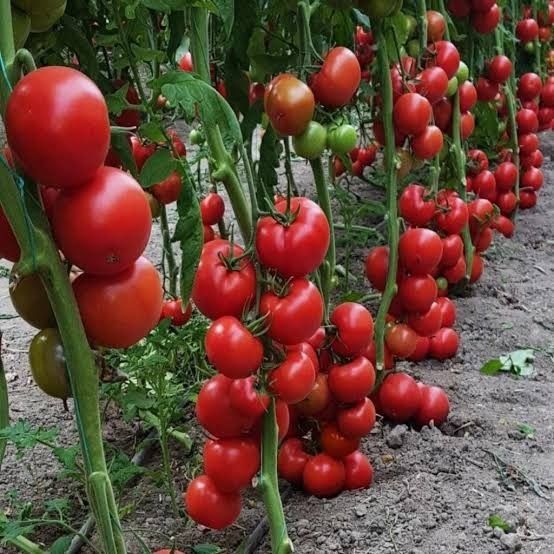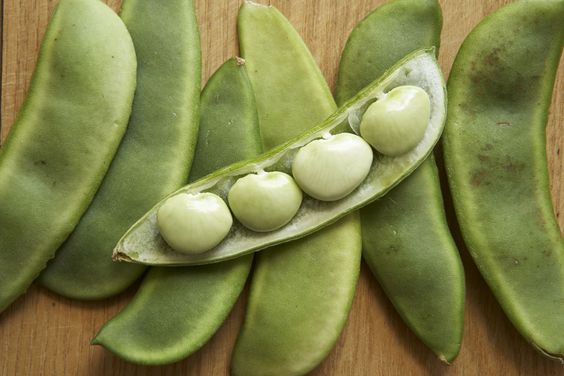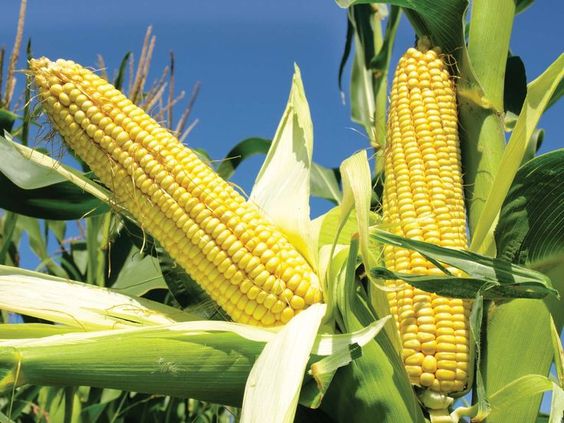Hydroponic Tomato Cultivation: A Smart Agriculture Approach
Hydroponic Tomato Cultivation,The global surge in population coupled with the increasing scarcity of arable land has necessitated innovative agricultural practices. Hydroponics, a cultivation method that involves growing plants in nutrient-rich water solutions without soil, has emerged as a promising solution. This article delves into the intricacies of hydroponic tomato cultivation, emphasizing its alignment with the principles of Smart Agriculture. It explores the benefits, objectives, and technical aspects of this method, highlighting its potential to revolutionize the agricultural sector.
Contents
- 1 Smart Agriculture: A Conceptual Framework
- 2 Benefits of Hydroponic Tomato Cultivation
- 3 Objectives of Hydroponic Tomato Cultivation
- 4 Hydroponic Tomato Cultivation: A Technical Overview
- 5 The Role of Smart Agriculture Technologies
- 6 Advantages of Hydroponic Tomato Cultivation
- 7 Advantages and Specialties of Hydroponic Tomato Cultivation
- 8 Economic Viability of Hydroponic Tomato Cultivation
Smart Agriculture: A Conceptual Framework
Before diving into the specifics of hydroponic tomato cultivation, it’s essential to establish a clear understanding of Smart Agriculture. This paradigm shift in agriculture involves the integration of technology and data to optimize agricultural processes, enhance productivity, and ensure sustainability. Key components of Smart Agriculture include:
- Precision Agriculture: Utilizing technology to tailor agricultural practices to specific field conditions.
- Data-Driven Decision Making: Employing data analytics to inform agricultural decisions.
- Automation and Robotics: Leveraging automation to increase efficiency and reduce labor costs.
- IoT and Sensors: Utilizing IoT devices to monitor crop conditions and environmental factors.
- Artificial Intelligence: Employing AI algorithms to optimize crop management and predict outcomes.
Hydroponic tomato cultivation is a prime example of how these Smart Agriculture principles can be applied in practice.
Benefits of Hydroponic Tomato Cultivation
Hydroponic tomato cultivation offers a myriad of advantages over traditional soil-based methods:
- Water Efficiency: Hydroponics significantly reduces water consumption by up to 90% compared to traditional agriculture, making it ideal for regions with water scarcity.
- Land Efficiency: Hydroponic systems can be installed in vertical spaces or small areas, maximizing land utilization.
- Year-Round Production: Hydroponic systems can be controlled to create optimal growing conditions year-round, ensuring consistent tomato yields.
- Pest and Disease Control: Hydroponic environments are less susceptible to soil-borne pests and diseases, reducing the need for chemical pesticides.
- Nutrient Management: Hydroponic systems allow for precise control of nutrient delivery, optimizing plant growth and fruit quality.
- Faster Growth and Higher Yields: Hydroponic tomatoes typically grow faster and produce higher yields compared to soil-based cultivation.
- Improved Quality: Hydroponic tomatoes often exhibit superior taste, flavor, and nutritional content.
Objectives of Hydroponic Tomato Cultivation
The primary objectives of hydroponic tomato cultivation are:
- To increase tomato production efficiency and yield per unit area.
- To conserve water resources and promote sustainable agriculture.
- To improve tomato quality and nutritional value.
- To reduce the environmental impact of agriculture by minimizing pesticide use.
- To enable year-round tomato production in controlled environments.
- To explore the potential of hydroponics as a viable agricultural practice for urban and suburban areas.
Hydroponic Tomato Cultivation: A Technical Overview
Hydroponic tomato cultivation involves several key components:
- Hydroponic Systems: There are various hydroponic systems suitable for tomato cultivation, including deep water culture, nutrient film technique (NFT), drip systems, and aeroponics.
- Nutrient Solutions: Precisely formulated nutrient solutions containing essential macronutrients and micronutrients are essential for optimal plant growth.
- Environmental Control: Maintaining optimal temperature, humidity, light, and pH levels is crucial for successful hydroponic tomato cultivation.
- Plant Support: Tomatoes require adequate support structures to prevent damage to the plants and fruits.
- Harvesting and Post-Harvest Handling: Careful harvesting and handling practices are essential to maintain tomato quality.
The Role of Smart Agriculture Technologies
Smart Agriculture technologies can significantly enhance hydroponic tomato cultivation:
- Sensors: Monitoring parameters such as temperature, humidity, pH, and nutrient levels in real-time.
- IoT: Connecting sensors and actuators to create a connected hydroponic system.
- Data Analytics: Analyzing data to optimize nutrient solutions, irrigation schedules, and environmental conditions.
- Automation: Automating tasks such as nutrient dosing, pH adjustment, and environmental control.
- Artificial Intelligence: Predicting plant growth, detecting diseases, and optimizing resource utilization.
Advantages of Hydroponic Tomato Cultivation
Hydroponic tomato cultivation offers several advantages over traditional agriculture:
- Higher Yields: Hydroponic systems can produce significantly higher yields per unit area compared to soil-based cultivation.
- Improved Quality: Hydroponic tomatoes often exhibit superior taste, flavor, and nutritional content.
- Reduced Pesticide Use: Hydroponic systems are less susceptible to pests and diseases, reducing the need for chemical pesticides.
- Water Conservation: Hydroponics significantly reduces water consumption compared to traditional agriculture.
- Land Efficiency: Hydroponic systems can be installed in vertical spaces or small areas, maximizing land utilization.
- Year-Round Production: Hydroponic systems can be controlled to create optimal growing conditions year-round.
- Controlled Environment: Hydroponic systems provide a controlled environment, protecting plants from adverse weather conditions.
Advantages and Specialties of Hydroponic Tomato Cultivation
Hydroponic tomato cultivation offers unique advantages and specialties:
- Precision Nutrient Management: Hydroponic systems allow for precise control of nutrient delivery, optimizing plant growth and fruit quality.
- Root Health: Hydroponic systems promote healthy root development, leading to improved plant vigor and disease resistance.
- Rapid Growth: Hydroponic tomatoes typically grow faster compared to soil-based cultivation.
- Versatility: Hydroponic systems can be adapted to various climates and growing conditions.
- Potential for Urban Agriculture: Hydroponic systems can be installed in urban areas, providing fresh produce to local communities.
- Research and Development Opportunities: Hydroponic tomato cultivation offers opportunities for research and development in plant science, agriculture, and technology.
Economic Viability of Hydroponic Tomato Cultivation
The economic feasibility of hydroponic tomato cultivation depends on various factors:
- Initial Investment: Hydroponic systems require a significant upfront investment in equipment, infrastructure, and nutrient solutions.
- Operating Costs: Energy consumption, labor, and nutrient costs contribute to ongoing expenses.
- Yield and Quality: High yields and premium-quality tomatoes are essential for profitability.
- Market Demand: Strong market demand for hydroponically grown tomatoes can influence pricing and revenue.
- Government Support: Incentives and subsidies can positively impact the economic viability of hydroponic tomato cultivation.
Challenges and Opportunities
While hydroponic tomato cultivation offers numerous advantages, it also presents challenges:
- Energy Consumption: Hydroponic systems require energy for lighting, pumps, and environmental control.
- Nutrient Management: Maintaining precise nutrient levels can be complex and requires ongoing monitoring.
- Disease and Pest Control: Although less susceptible to soil-borne pathogens, hydroponic systems can be affected by airborne diseases and pests.
- Initial Investment: The high initial investment can be a barrier for some growers.
Despite these challenges, hydroponic tomato cultivation presents significant opportunities for sustainable and efficient agriculture. Advances in technology, such as automation and data analytics, are driving innovation in the industry.




